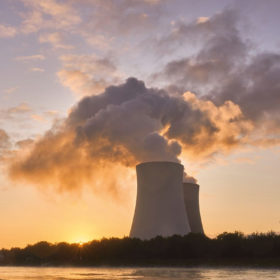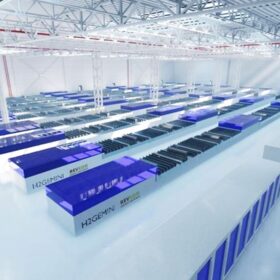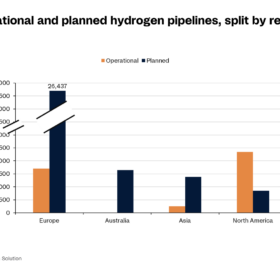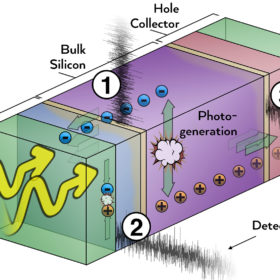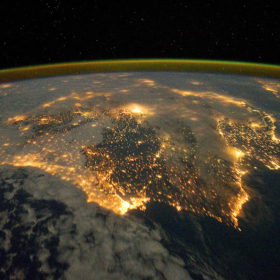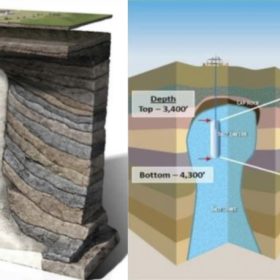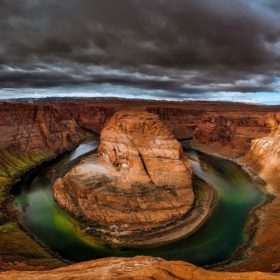The Hydrogen Stream: EU launches second hydrogen auction
While different institutions are making the case for hydrogen production offshore or in proximity to the coast, the European Commission is preparing to move forward with its second hydrogen auction.
COP28 pledge to expand nuclear capacity is out of touch with reality
While the world noted the Dubai aim of tripling renewables generation capacity by 2030, the controversial summit also saw 25 nations commit to an unofficial pledge to triple nuclear capacity by 2050.
Revkor, H2 Gemini unveil plan to build 20 GW HJT perovskite cell, module factory in U.S.
The two companies are targeting to reach an annual production capacity of 20 GW by the end of 2025. Manufacturing activities are scheduled to begin in the second quarter of next year.
The Hydrogen Stream: Global pipeline projects to surge by 2035, says Rystad
Norwegian consultancy Rystad Energy says that hydrogen pipelines will be “far better” than vessels at moving hydrogen over short- and medium-range distances in the years ahead.
The Hydrogen Stream: Airbus plans flight test with direct combustion engine fueled by hydrogen
Elsewhere, Chinese researchers have synthesized ultrafine Pd100-xCux nanodot-modified TiO2 photocatalysts that display optimized energy barrier for interfacial hydrogen desertion, which reportedly exhibits excellent H2-evolution activity and stability, and Mitsubishi Heavy Industries has presented its plans to establish the Takasago Hydrogen Park, calling it the world’s first center for validation of hydrogen-related technologies, from hydrogen production to power generation.
Bringing the noise for better solar cell efficiency
An international team of scientists developed a technique to isolate individual sources of electrical ‘noise’ within a solar cell. Comparing the technique to being able to pick out a single voice within a 200-person choir, they say the technique will help to improve understanding of where efficiency losses occur within a cell, and effective ways to mitigate them.
Redox flow battery powered by perovskite solar cells
An international team has developed an integrated solar flow battery which has been suggested as ideal for off-grid locations. The device, which combines energy conversion and storage in one unit, can be used for lighting and recharging cell phones.
Covid-19 weekly briefing: Merchant solar developers could seek shelter in return to subsidies and PPAs are being revisited, but at least the Irish are coping with lockdown measures
The unfolding effects of the Covid-19 crisis, and fears of a possible second wave, have split analysts trying to guess how the unsubsidized renewables market will emerge as slumping demand continued to distort power markets. pv magazine rounds up the week’s coronavirus developments.
Hydrogen is the first viable option for seasonal storage
Compressed hydrogen is “the first viable option” to help meet wintertime electricity demand in a high-renewables grid, says DNV GL.
Navajo Nation land could host 2.2 GW pumped hydro storage station
The Federal Energy Regulatory Commission has accepted Daybreak Energy’s application to develop a 2,230 MW pumped-hydro facility on the banks of Lake Powell in Utah.

